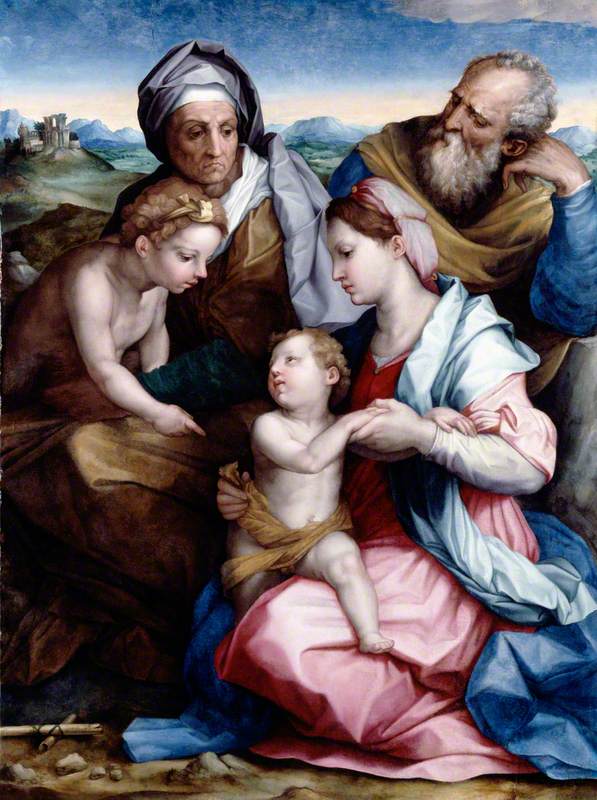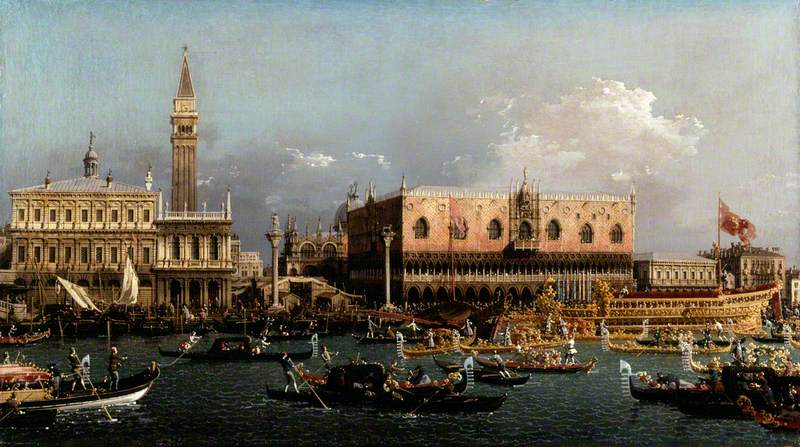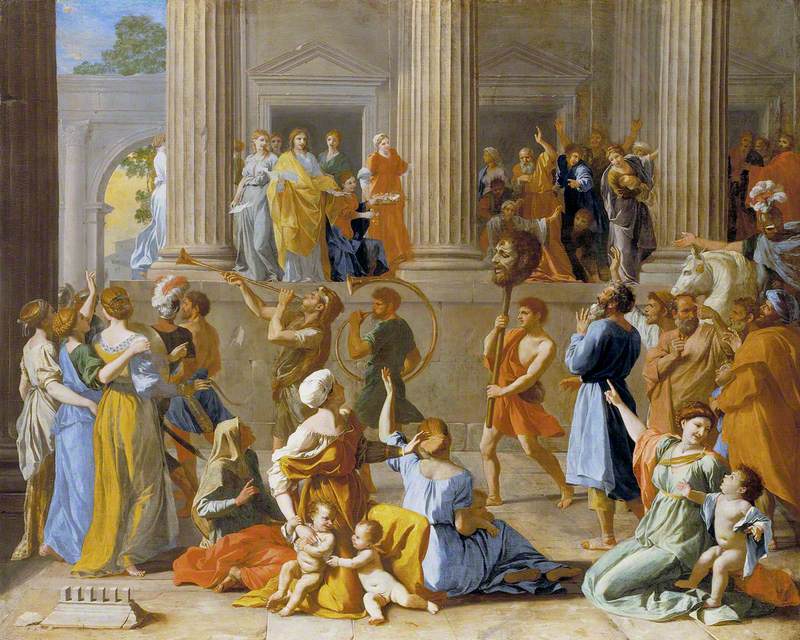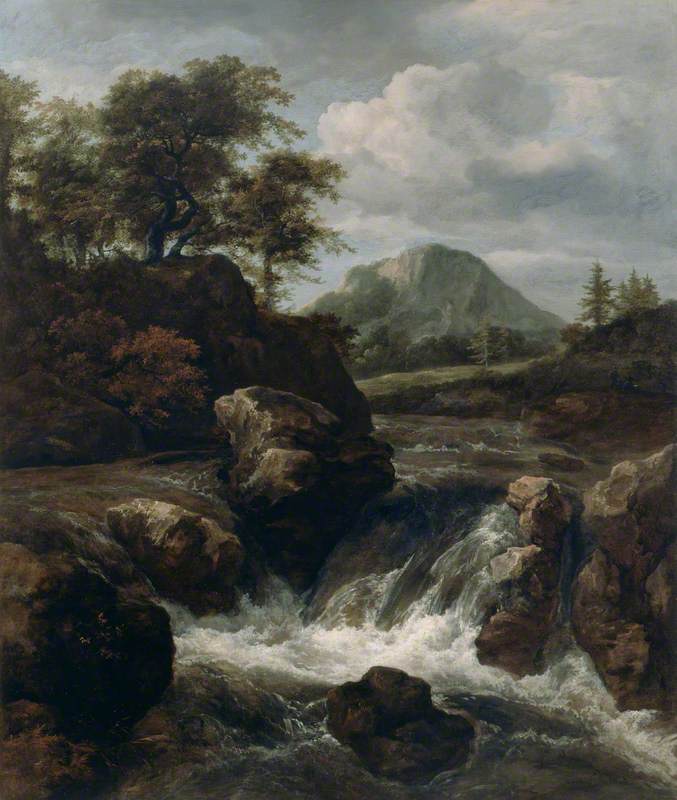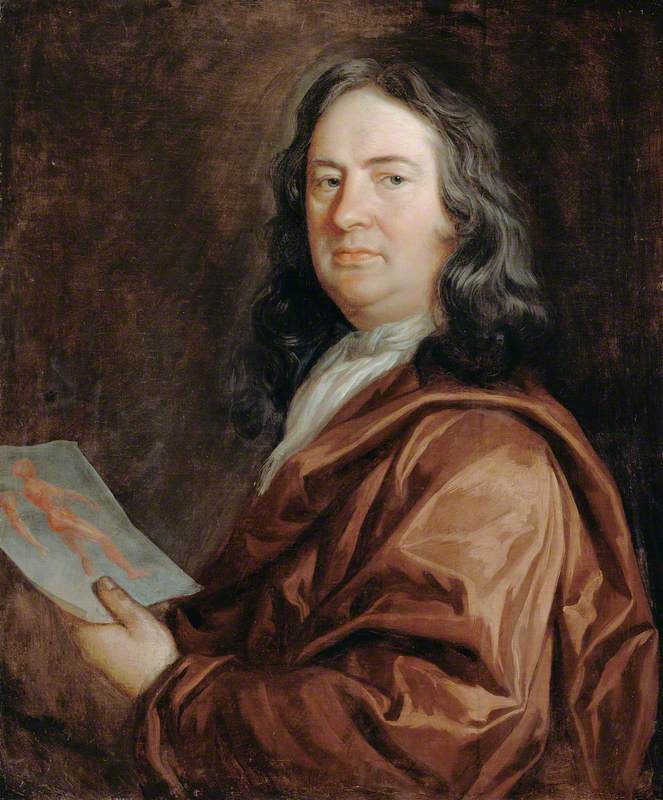Dulwich Picture Gallery, founded in 1811, is the world’s first purpose-built public art gallery. It cares for and displays an outstanding collection of Old Master paintings within Sir John Soane’s pioneering architecture. As an independent gallery, it pursues its founders’ purpose of presenting art ‘for the inspection of the publick’ while engaging as many people as possible, of all ages and backgrounds, through a creative programme.
Art Unlocked is an online talk series by Art UK in collaboration with Bloomberg Philanthropies. This Curation is based on a talk by Jennifer Scott, Sackler Director at Dulwich Picture Gallery, on 16th June 2021. You can find a recording at https://youtu.be/iWOBG22v_20
-
Holy Family mid-16th C
Vasari is often hailed as the father of art history because of his influential ‘Lives of the Artists’ first published in 1550. An artist himself, Vasari referenced his own paintings no fewer than 88 times in his survey of art. Often compared unfavourably to his illustrious contemporaries, this painting is a reminder of Vasari’s skill at emulating the compositional balance and calm tones of the High Renaissance masters he so admired.
Giorgio Vasari (1511–1574) (attributed to)
Oil on panel
H 144.8 x W 107.7 cm
Dulwich Picture Gallery
-
The Bucintoro at the Molo on Ascension Day 1760
The ‘Bucintoro’ was a great Venetian vessel of state. Each year on Ascension Day, the Doge (the ruler of Venice) performed a ceremonial ‘wedding’ by casting a gold ring into the water, acknowledging Venice’s dependency on the sea for trade. Canaletto’s exquisitely detailed paintings were popular among English visitors looking for souvenirs from their Grand Tours of Europe – a right of passage for any eighteenth-century gentleman.
Canaletto (1697–1768)
Oil on canvas
H 58.3 x W 101.8 cm
Dulwich Picture Gallery
-
The Triumph of David c.1631–1633
This is a noisy painting: we can hear the trumpets blaring and the crowd cheering as David processes in triumph into Jerusalem. He holds aloft the severed head of the eight-foot giant Goliath, who he defeated against all odds through sheer cunning and bravery. Poussin presents the scene as though on a stage in a theatre, with the actors set against an impressive backdrop of Classical architecture.
Nicolas Poussin (1594–1665)
Oil on canvas
H 118.4 x W 148.3 cm
Dulwich Picture Gallery
-
A Waterfall late 1660s
Ruisdael made many sketches of the landscapes outside Haarlem, which he reworked in his studio to create ideal painted compositions. The white highlight of the water striking rocks conveys drama and movement. Like Poussin’s ‘Triumph of David’, this painting awakens our senses. We are transported by the artist into the scene to hear the overwhelming power of nature in action.
Jacob van Ruisdael (1628/1629–1682)
Oil on canvas
H 98.5 x W 83.4 cm
Dulwich Picture Gallery
-
Portrait of a Physician late 17th C
Mary Beale is the only seventeenth-century female artist represented in the Dulwich Picture Gallery collection. Beale had a thriving portrait practice in Pall Mall and excelled at capturing sympathetic likenesses. The sitter holds an anatomical drawing, which suggests an identification to a doctor. Is this perhaps the physician-poet Sir Richard Blackmore (d.1729)? Or Sir Edmund King (1629–1709)? More work is needed to investigate these possibilities.
Mary Beale (1633–1699) (attributed to)
Oil on canvas
H 75.9 x W 63.5 cm
Dulwich Picture Gallery
-
The Flower Girl 1665–1670
Is this girl a flower seller? A traveller? A courtesan? The artist’s only daughter, Francisca, might have been his model. In 1671 she entered a convent and dedicated herself to Saint Rose of Lima. Murillo’s gentle, earthy tones transport us to the warmth of a May day in Seville. The yellow of the girl’s dress creates the effect of her being as bright as the sun, which – together with the roses – symbolises new life and hope.
Bartolomé Esteban Murillo (1617–1682)
Oil on canvas
H 120.7 x W 98.3 cm
Dulwich Picture Gallery
Explore artists in this Curation
-
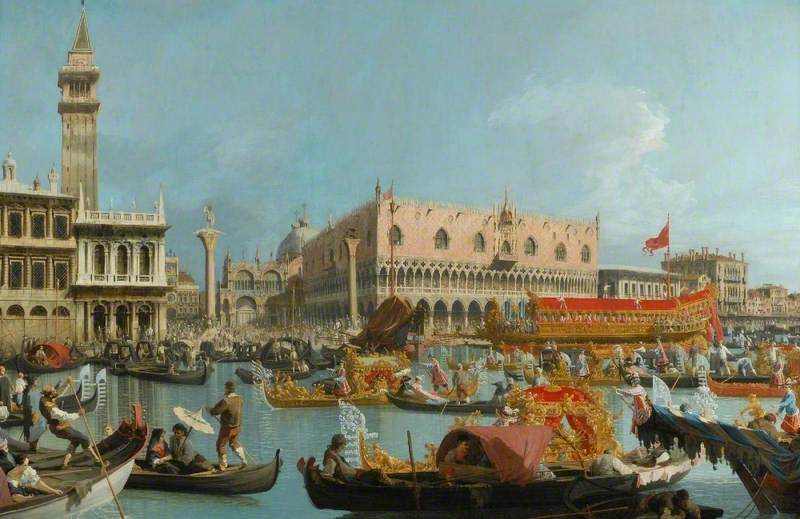
Image credit: The Bowes Museum
Canaletto (1697–1768) -
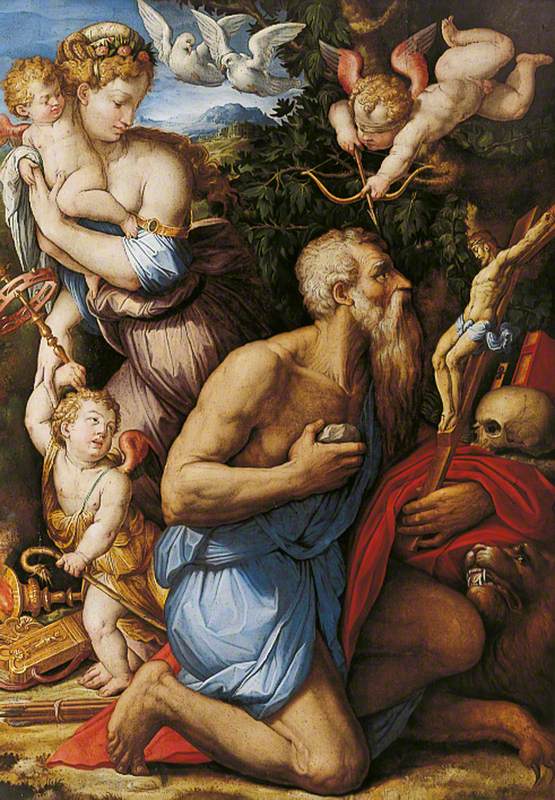
Image credit: Bridgeman Images
Giorgio Vasari (1511–1574) -
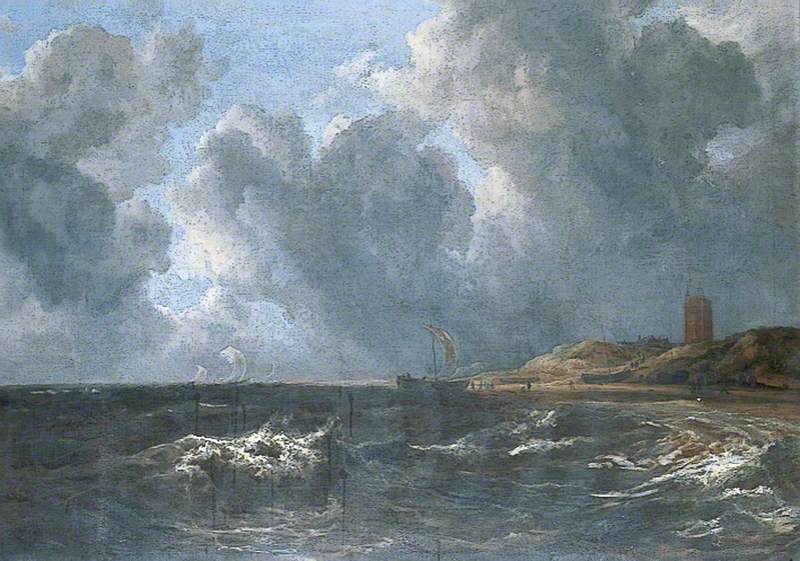
Image credit: Bridgeman Images
Jacob van Ruisdael (1628/1629–1682) -
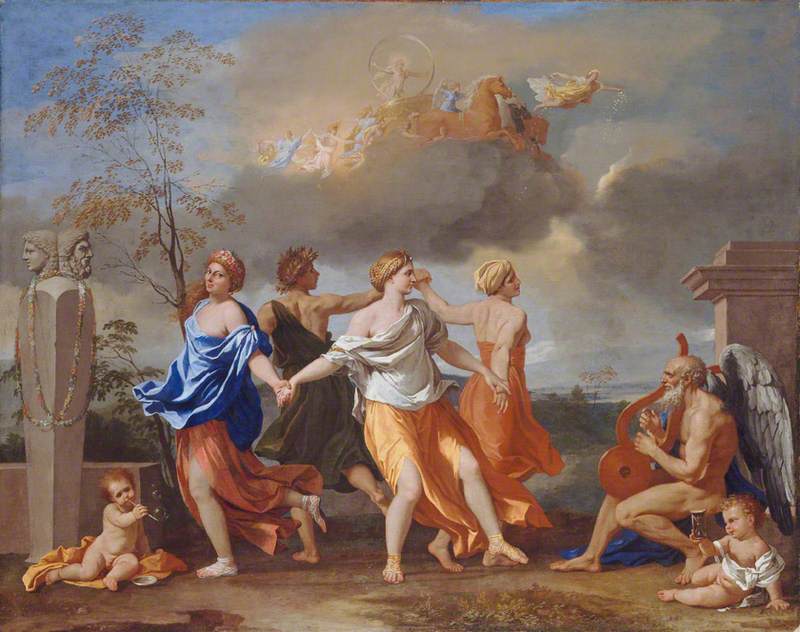 Nicolas Poussin (1594–1665)
Nicolas Poussin (1594–1665) -
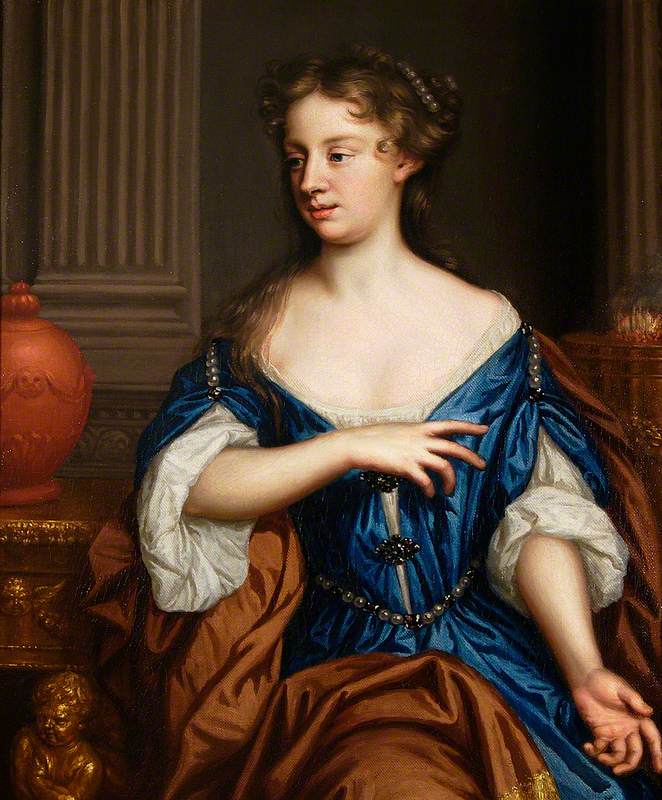
Image credit: West Suffolk Heritage Service
Mary Beale (1633–1699) -
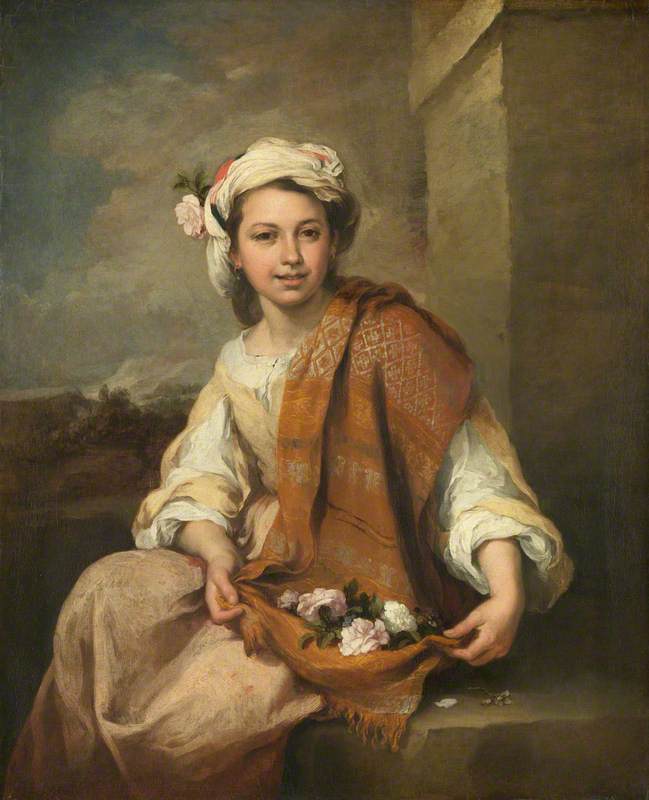
Image credit: By permission of Dulwich Picture Gallery
Bartolomé Esteban Murill…
